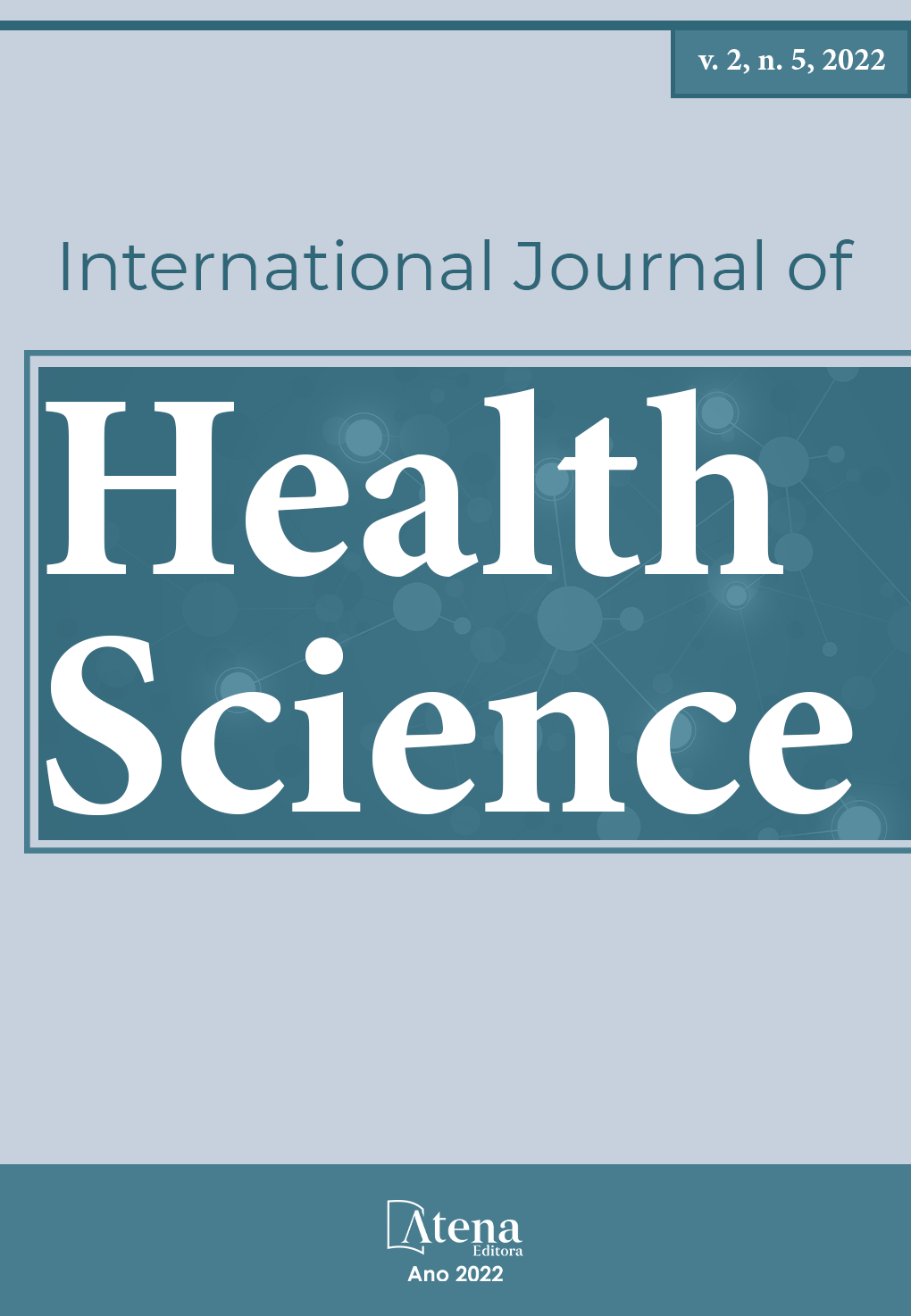
NASAL IRRIGATION IN THE CONTROL OF NASAL SYMPTOMS IN PEDIATRICS - SYSTEMATIC REVIEW OF THE LITERATURE -
Background: Nasal irrigation is a non-pharmacological measure used to relieve nasal symptoms, but it is not fully accepted by caregivers who have doubts since some aspects of the procedure are not clear, and there is no consensus on a uniform protocol.
Objective: To understand the effect of different nasal irrigation methods on the relief of nasal symptoms in children.
Methodology: Systematic Literature Review aiming to answer the question “What is the effect of different methods of nasal irrigation in the relief of nasal symptoms in pediatrics?”. The research was carried out in August 2021, using b-On and EBSCO database aggregators. Inclusion and exclusion criteria were applied, selecting 4 articles for analysis.
Results: Scientific studies point to greater effectiveness of hypertonic saline solutions in nasal clearance, but isotonic saline solution proved to be more effective in increasing peripheral oxygen saturation. Positive pressure devices show greater effectiveness. There is no direct relationship between the contamination of the solution and the occurrence of infectious processes.
Conclusions: Nasal irrigation is a safe and effective procedure for relieving nasal symptoms, reducing drug consumption and preventing complications, regardless of the technique and solution used. The use of a positive pressure device has been shown to be more effective. The use of saline and hypertonic saline solutions both proved to be advantageous, and it was not possible to determine the ideal solution.
Implications: It is urgent to train health professionals and caregivers to perform the technique. Scientific studies are needed to support solutions that enhance the benefits of the technique. Reference documents in the area of Pediatrics would serve to standardize the provision of care, increase the effectiveness of the procedure and convey confidence to caregivers, enabling them to perform it.
NASAL IRRIGATION IN THE CONTROL OF NASAL SYMPTOMS IN PEDIATRICS - SYSTEMATIC REVIEW OF THE LITERATURE -
-
DOI: 10.22533/at.ed.159252204028
-
Palavras-chave: “nasal lavage”, “methods”, “children”, “saline solution”
-
Keywords: “nasal lavage”, “methods”, “children”, “saline solution”
-
Abstract:
Background: Nasal irrigation is a non-pharmacological measure used to relieve nasal symptoms, but it is not fully accepted by caregivers who have doubts since some aspects of the procedure are not clear, and there is no consensus on a uniform protocol.
Objective: To understand the effect of different nasal irrigation methods on the relief of nasal symptoms in children.
Methodology: Systematic Literature Review aiming to answer the question “What is the effect of different methods of nasal irrigation in the relief of nasal symptoms in pediatrics?”. The research was carried out in August 2021, using b-On and EBSCO database aggregators. Inclusion and exclusion criteria were applied, selecting 4 articles for analysis.
Results: Scientific studies point to greater effectiveness of hypertonic saline solutions in nasal clearance, but isotonic saline solution proved to be more effective in increasing peripheral oxygen saturation. Positive pressure devices show greater effectiveness. There is no direct relationship between the contamination of the solution and the occurrence of infectious processes.
Conclusions: Nasal irrigation is a safe and effective procedure for relieving nasal symptoms, reducing drug consumption and preventing complications, regardless of the technique and solution used. The use of a positive pressure device has been shown to be more effective. The use of saline and hypertonic saline solutions both proved to be advantageous, and it was not possible to determine the ideal solution.
Implications: It is urgent to train health professionals and caregivers to perform the technique. Scientific studies are needed to support solutions that enhance the benefits of the technique. Reference documents in the area of Pediatrics would serve to standardize the provision of care, increase the effectiveness of the procedure and convey confidence to caregivers, enabling them to perform it.
-
Número de páginas: 19
- Maria Antónia Fernandes Caeiro Chora
- Sofia de Sá


